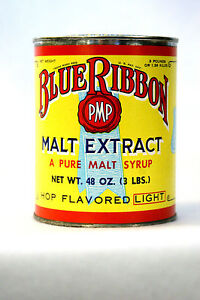So I’ve reading on this forum & abroad about hombrew beer made during prohibition from canned malt extract from Pabst and Bud. Most of the recipes or information seem pretty vague but they all have a few things in common lots of cane sugar, bread yeast, and canned malt extract.
I’ve not brewed with extract in like 20 years but I’m interested in trying this and how it taste and for the experience. I’m making a 3 gallon batch with 3 lbs of amber dme 1.5 lbs of cane sugar, cluster hops, & bread yeast. What temp will bread yeast ferment best?
I’ve not brewed with extract in like 20 years but I’m interested in trying this and how it taste and for the experience. I’m making a 3 gallon batch with 3 lbs of amber dme 1.5 lbs of cane sugar, cluster hops, & bread yeast. What temp will bread yeast ferment best?







![Craft A Brew - Safale S-04 Dry Yeast - Fermentis - English Ale Dry Yeast - For English and American Ales and Hard Apple Ciders - Ingredients for Home Brewing - Beer Making Supplies - [1 Pack]](https://m.media-amazon.com/images/I/41fVGNh6JfL._SL500_.jpg)


















































